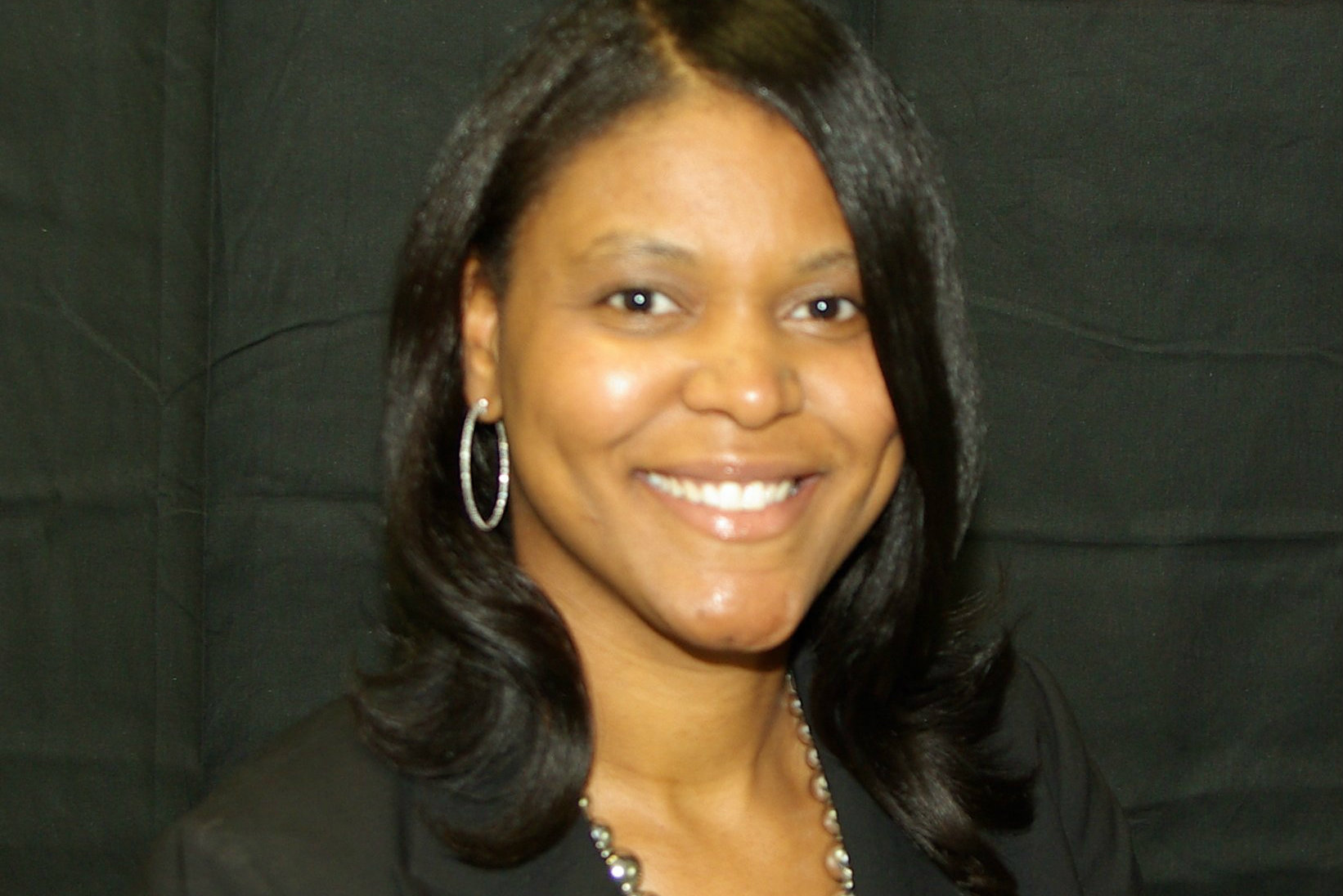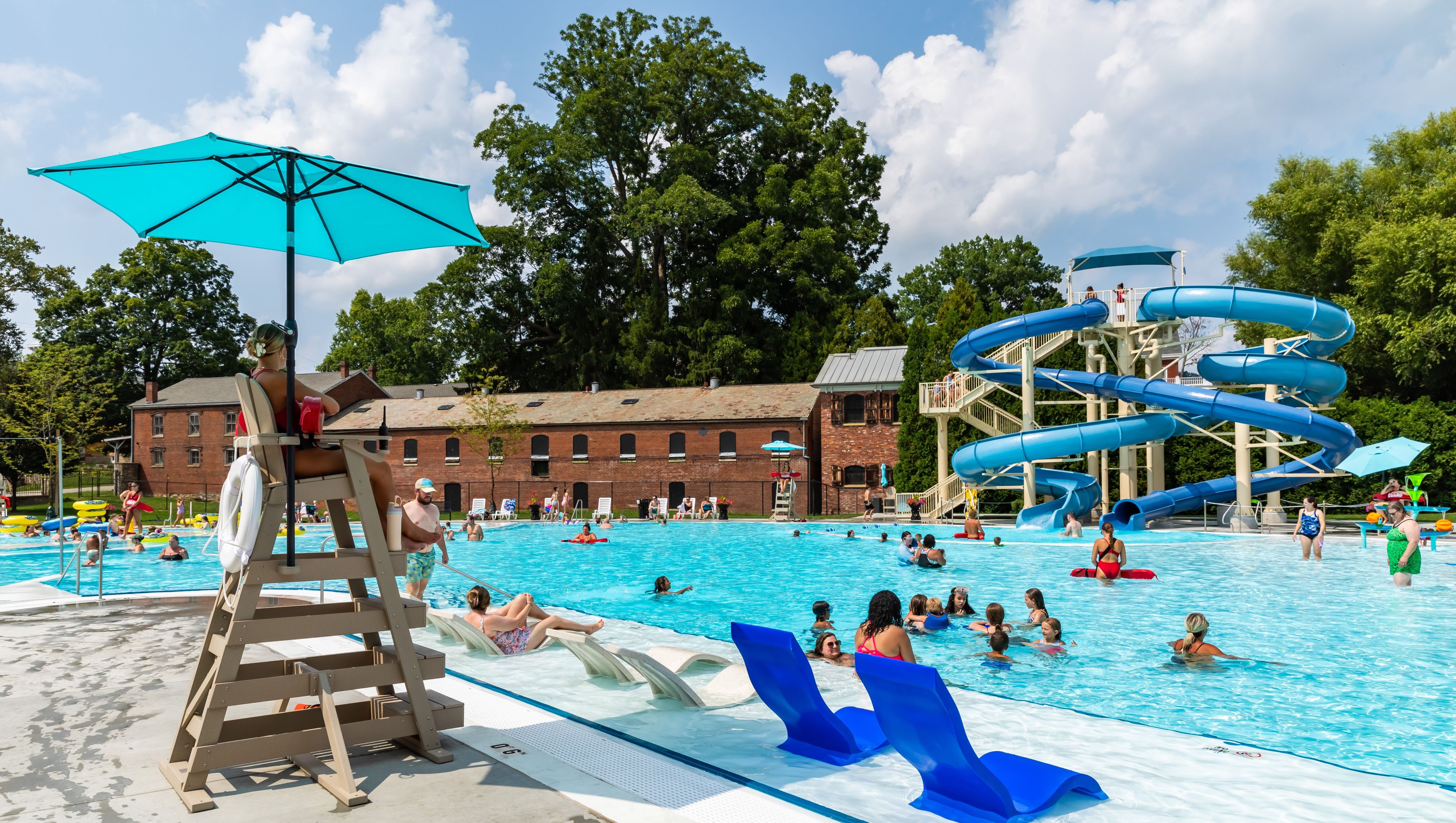Tara Eggleston Stewart describes it as the turning point in her career.
In 2008, during her first season as assistant division chief/county-wide aquatics coordinator, a 5-year-old African-American girl drowned in one of her guarded pools.
Nothing has been the same. “When something like that happens to you, it really does change your outlook on everything,” says Eggleston Stewart, of the Prince George’s County Department of Parks and Recreation Maryland-National Capital Park and Planning Commission.
Around the same time, USA Swimming and the University of Memphis released a joint study that found minorities had little-to-no swimming ability. The two nearly coinciding events might have discouraged some, but Eggleston Stewart saw it as an opportunity.
The incident altered the entire approach to how she and her team connected their diverse community with water safety and swimming. Following the tragedy, Eggleston Stewart set out to become a vocal advocate of drowning prevention for minorities. She wrote a column for AI called “Minority Report” to help facilities nationwide better understand the need to make water safety and instruction a priority in mixed communities. In 2011, using a $5,000 grant from USA Swimming and the Make-a-Splash campaign, she and her team launched Make a Splash in School. The program, in collaboration with the Prince George’s County Public School system, provides second grade students with water safety information and swim lessons. Through aggressive community outreach, advocacy and a strong grassroots campaign, the program has grown from five schools and 310 children to 27 schools and 2,234 students.
In 2015, Eggleston Stewart transitioned out of aquatics to her current role of division chief for the arts and cultural heritage. Despite this move, however, she remains active in the aquatics community. This year, she will become the first African American president of the Association of Aquatics Professionals, where she has served as chair of conference committee for two years and as a board member for three. During this time, she worked on a revamp of the association’s Respect the Water drowning prevention program, helping to make it easier for communities to use.
She also works with the National Recreation and Park Association as aquatics networks chair, and with the American Red Cross, where she is a certified instructor/trainer/educator and leads an annual academy to help certify instructors for water safety and lifeguarding.



